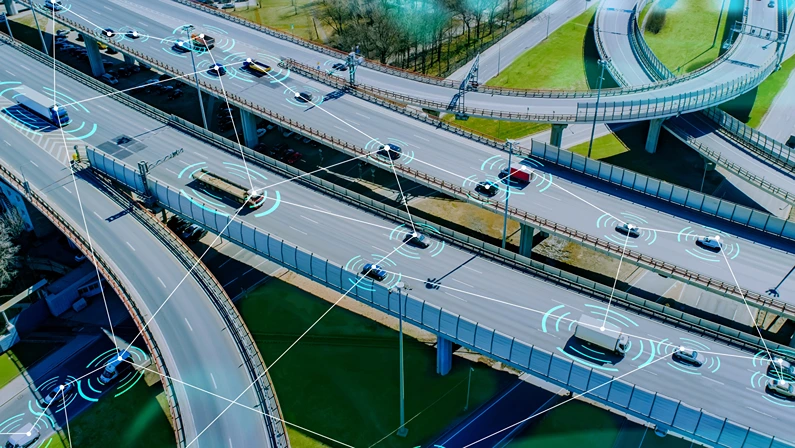Public-Private Partnerships (PPPs) have become a cornerstone in driving economic development and fostering collaborations between governments and private sector entities. By leveraging the strengths of both sectors, PPPs aim to deliver public services and infrastructure projects more efficiently and effectively.
What Are Public-Private Partnerships (PPPs) and How Do They Work?

Wondering about the private-public partnership definition? Public-Private Partnerships are cooperative arrangements between the public and private sectors to finance, build, and operate projects that benefit the public, such as infrastructure, healthcare, and education facilities. These partnerships allocate resources and risks optimally between the parties, ensuring mutual benefits and achieving public goals.
Advantages and Disadvantages of Public-Private Partnerships
Before delving into the specifics, it is important to understand that PPPs come with their own set of benefits and drawbacks.
Advantages of a Public Private Partnership Investments
- Efficient Resource Utilization: PPPs can utilize the expertise and efficiency of the private sector to deliver projects on time and within budget.
- Access to Capital: Governments can leverage private investment to fund projects without overstretching public budgets.
- Innovation: The private sector often introduces innovative technologies and management practices that improve service delivery.
- Risk Transfer: Risks such as construction delays and cost overruns can be transferred to the private partner, reducing the burden on the public sector.
- Economic Growth: PPPs can stimulate economic growth by creating jobs and enhancing infrastructure.
Disadvantages
- Long-Term Commitment: PPPs often involve long-term contracts, which can lock the public sector into agreements that may become less favorable over time.
- Complex Negotiations: The complexity of PPP agreements can lead to prolonged negotiation periods and higher transaction costs.
- Accountability Concerns: Ensuring accountability and transparency can be challenging, potentially leading to issues of public trust and governance.
- Profit Motive: The private sector’s profit motive can sometimes clash with public sector objectives, leading to compromises in service quality.
- Dependence on the Private Sector: Over-reliance on the private sector might undermine the public sector’s ability to develop its own capabilities.
What Are Some Types of Public-Private Partnerships?
Public-private partnership funding can take various forms, each tailored to the specific needs of the project and the stakeholders involved.
Build Operate Transfer (BOT)
In a BOT arrangement, the private sector partner is responsible for the financing, building, and operating of a project for a specified period. After the agreed period, the project is transferred back to the public sector. This model is commonly used in infrastructure projects such as highways and power plants.
Build Operate Own (BOO)
Unlike BOT, in a BOO model, the private partner retains ownership of the project indefinitely. This model provides long-term incentives for the private sector to maintain and operate the facility efficiently. Examples include power generation plants and toll roads.
Design-Build (DB)
In a DB arrangement, the private sector is responsible for both the design and construction of the project. This model can accelerate project timelines and ensure design efficiency, often used in building infrastructure like bridges and schools.
Buy Build Operate (BBO)
In a BBO model, the private sector purchases an existing public asset, refurbishes or expands it, and then operates it. This model can be used for public utilities and facilities that require significant upgrades.
Why Are Public-Private Partnerships Important for Economic Development?

PPPs play a crucial role in economic development by leveraging private sector efficiencies and innovation to deliver public services. They enable governments to undertake large-scale infrastructure projects without solely relying on public funds, thus fostering economic growth and creating jobs.
What Trends Are Shaping the Future of Public-Private Partnerships?
Emerging trends such as digital transformation, sustainable development, and increased community involvement are shaping the future of PPPs. Governments and private entities increasingly focus on sustainable practices, leveraging technology for smarter infrastructure, and engaging communities to ensure that projects meet public needs.
How Are PPPs Evolving in the Post-Pandemic World?
The COVID-19 pandemic has underscored the need for resilient infrastructure and healthcare systems. In the post-pandemic world, PPPs are evolving to address these needs by prioritizing healthcare projects, digital infrastructure, and economic recovery initiatives that build resilience against future crises.
What Are the Key Challenges Facing Public-Private Partnerships?
Key challenges for PPPs include ensuring transparency and accountability, managing complex contracts, aligning the interests of public and private entities, and addressing public concerns about privatization and service quality. Balancing these challenges is essential for the success of PPPs.
How Can PPPs Contribute to Social Equity and Community Development?
PPPs can contribute to social equity by delivering essential services such as healthcare, education, and affordable housing. By involving local communities in planning and execution, PPPs can ensure that projects are inclusive, benefiting all segments of society.
What Are Some Successful Examples of Economic Development Through PPPs?

Public-private partnership examples or successful PPP projects include transportation infrastructure like the Channel Tunnel, healthcare facilities such as public hospitals in Australia, and educational institutions like charter schools in the United States. These examples demonstrate the potential of PPPs to deliver significant public benefits.
How Can Governments and Private Sector Partners Foster Stronger Collaborations?
Stronger collaborations can be fostered through clear communication, shared objectives, and transparent governance structures. Governments can create supportive regulatory environments, while private sector partners can bring innovation and efficiency.
What Is the Future Outlook for Public-Private Partnerships in Economic Development?
The future of PPPs in economic development looks promising, with increasing recognition of their potential to deliver public services efficiently. As governments and private entities continue to collaborate, the focus will be on sustainable development, digital innovation, and resilience against future challenges.
Building a Better Future Through Public-Private Partnerships
Public-private partnerships have the potential to transform economic development by leveraging the strengths of both public and private sectors. For organizations looking to navigate the complexities of PPPs and unlock new opportunities, LSI offers comprehensive services in business and economic development, ensuring strategic success.






